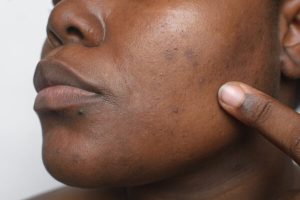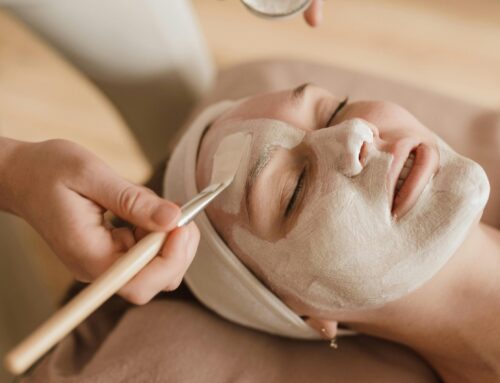Hyperpigmentation, a term that has become increasingly common in skincare conversations, refers to areas of the skin that become darker than the surrounding skin. This condition, affecting millions worldwide, can be a source of frustration for those who strive for an even skin tone. Whether you’re dealing with age spots, melasma, or post-acne marks, understanding hyperpigmentation is the first step towards effective treatment. This guide aims to demystify hyperpigmentation, exploring its causes, types, and, most importantly, solutions through product recommendations.
What is Hyperpigmentation?
Hyperpigmentation occurs when the skin produces excess melanin, the pigment that gives skin its color, leading to dark spots or patches on the skin. Several factors can trigger this overproduction, including sun exposure, hormonal changes, aging, skin injuries, and genetic predisposition [“].

Understanding these triggers is crucial in preventing and treating hyperpigmentation.
Types of Hyperpigmentation
Hyperpigmentation manifests in various forms, each with unique causes and characteristics:
Sunspots: Also known as liver spots or solar lentigines, these are primarily caused by prolonged sun exposure.
Post-inflammatory Hyperpigmentation (PIH): This type results from skin injury or inflammation, such as acne, cuts, or burns.
Melasma: Often linked to hormonal changes, such as pregnancy or contraceptive use, melasma presents as dark patches, typically on the face [“].
Understanding the type of hyperpigmentation you’re dealing with is crucial for selecting the most effective treatment approach.
Preventing Hyperpigmentation
Prevention is key when it comes to managing hyperpigmentation. Here are some effective strategies:
Sun Protection: Minimize sun exposure and apply a broad-spectrum sunscreen with at least SPF 30 daily to protect against UV rays, which can exacerbate dark spots [“].
Reduce Skin Trauma: Be gentle with your skin; avoid picking at spots, blemishes, or scabs to prevent PIH.
Key Ingredients for Treating Hyperpigmentation
Several skincare ingredients have been proven effective in treating hyperpigmentation:
Glycolic Acid: Helps with skin exfoliation, removing dead skin cells and promoting new cell turnover.
Vitamin C: A potent antioxidant that brightens the skin and evens out skin tone.
Retinol: Stimulates collagen production and accelerates cell renewal, helping to fade dark spots [“].
Incorporating products containing these ingredients into your skincare routine can significantly improve the appearance of hyperpigmented areas.
Product Recommendations and Treatments
When it comes to treating hyperpigmentation, there’s a variety of over-the-counter products and professional treatments available:
Topical Treatments: Look for products containing ingredients like hydroquinone, kojic acid, and niacinamide, which can lighten dark spots.
Professional Treatments: Procedures such as microdermabrasion and chemical peels can be effective in reducing hyperpigmentation.
Conclusion
Hyperpigmentation is a common skin concern that can be managed with the right combination of prevention, targeted skincare ingredients, and professional treatments. Understanding the underlying causes and types of hyperpigmentation can help you choose the most effective products and treatments for your skin. Remember, consistency is key, and while immediate results may not always be visible, with patience and perseverance, you can achieve a clearer, more even complexion.
As always, consult with an esthetician or dermatologist before starting any new treatment, especially if you have sensitive skin or severe hyperpigmentation. Your journey to brighter, more even-toned skin begins with knowledge and ends with the right care.
#DarkSpots / #Dermatology / #Esthetician / #Hyperpigmentation / #HyperpigmentationTreatment / #Melasma / #Skin Brightening / #SkinConcerns / skincare







Leave A Comment